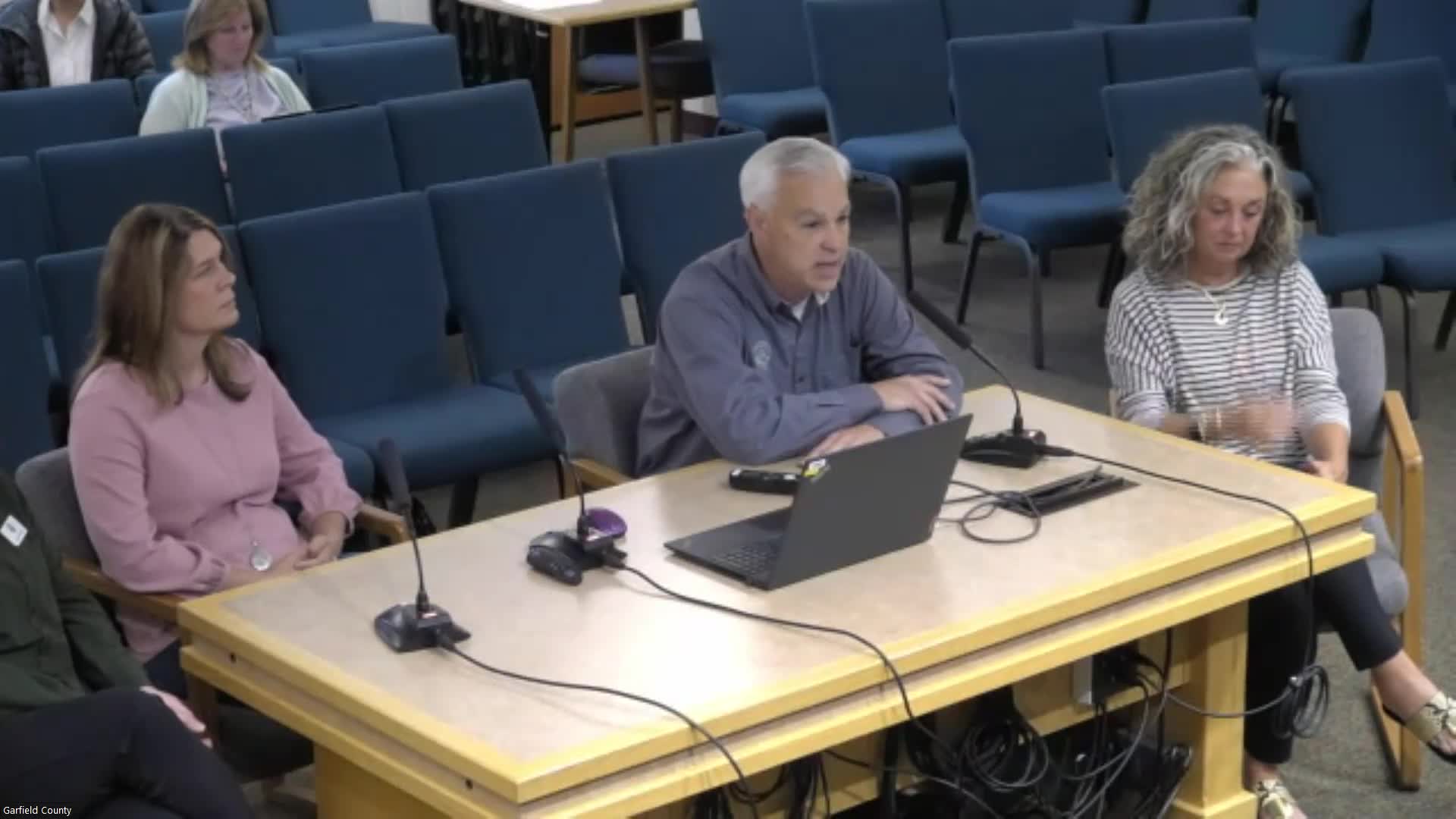Holy Cross Energy accelerates journey to 100% clean power
June 03, 2024 | Garfield County, Colorado

This article was created by AI summarizing key points discussed. AI makes mistakes, so for full details and context, please refer to the video of the full meeting. Please report any errors so we can fix them. Report an error »

In a recent meeting, the leadership of Holy Cross Energy outlined significant advancements in their clean energy initiatives, emphasizing a strategic goal to achieve a 100% carbon-free energy supply by the end of the decade. Currently, the cooperative has increased its carbon-free energy content from 30% in 2017 to approximately 75-80% on a monthly basis, thanks to new projects and partnerships.
The cooperative's CEO highlighted the importance of energy efficiency, collaborating with local organizations to provide rebates for home weatherization, which aims to alleviate the financial burden of rising energy costs for community members. New utility-scale solar and wind projects, including a 150-megawatt wind farm and a 30-megawatt solar farm, have been approved, locking in fixed prices that promise to stabilize electricity bills for the next one to two decades.
Holy Cross Energy is also focusing on integrating distributed energy resources, such as rooftop solar and battery storage, to enhance grid reliability and resilience. The CEO noted that these local resources reduce transmission risks and provide backup power during peak usage times.
In addition to clean energy efforts, the cooperative is addressing wildfire risks through a $100 million grant aimed at converting overhead power lines to underground systems in high-risk areas. This initiative is part of a broader commitment to modernize infrastructure and improve safety measures, including the use of drones and advanced technology to monitor vegetation near power lines.
The discussions also touched on the lifecycle emissions associated with renewable energy technologies, acknowledging that while the goal is to reduce carbon output, the production and disposal of solar panels and batteries still have environmental impacts. The leadership emphasized a commitment to sustainability that balances clean energy goals with reliability and affordability for all community members.
As Holy Cross Energy continues its journey towards a cleaner energy future, it remains focused on engaging with the community, exploring innovative solutions, and ensuring that the transition to renewable energy is both sustainable and equitable.
The cooperative's CEO highlighted the importance of energy efficiency, collaborating with local organizations to provide rebates for home weatherization, which aims to alleviate the financial burden of rising energy costs for community members. New utility-scale solar and wind projects, including a 150-megawatt wind farm and a 30-megawatt solar farm, have been approved, locking in fixed prices that promise to stabilize electricity bills for the next one to two decades.
Holy Cross Energy is also focusing on integrating distributed energy resources, such as rooftop solar and battery storage, to enhance grid reliability and resilience. The CEO noted that these local resources reduce transmission risks and provide backup power during peak usage times.
In addition to clean energy efforts, the cooperative is addressing wildfire risks through a $100 million grant aimed at converting overhead power lines to underground systems in high-risk areas. This initiative is part of a broader commitment to modernize infrastructure and improve safety measures, including the use of drones and advanced technology to monitor vegetation near power lines.
The discussions also touched on the lifecycle emissions associated with renewable energy technologies, acknowledging that while the goal is to reduce carbon output, the production and disposal of solar panels and batteries still have environmental impacts. The leadership emphasized a commitment to sustainability that balances clean energy goals with reliability and affordability for all community members.
As Holy Cross Energy continues its journey towards a cleaner energy future, it remains focused on engaging with the community, exploring innovative solutions, and ensuring that the transition to renewable energy is both sustainable and equitable.
View full meeting
This article is based on a recent meeting—watch the full video and explore the complete transcript for deeper insights into the discussion.
View full meeting
